Art has the power to captivate, inspire, and sometimes deceive. Over the years, many famous artworks have been surrounded by myths and misconceptions that alter our understanding of their true meaning. In this article, we will unravel some of these myths, shedding light on the real stories behind the masterpieces that have fascinated us for centuries. Let’s dive into the truths that often remain hidden behind the canvas.
The Mona Lisa’s Smile
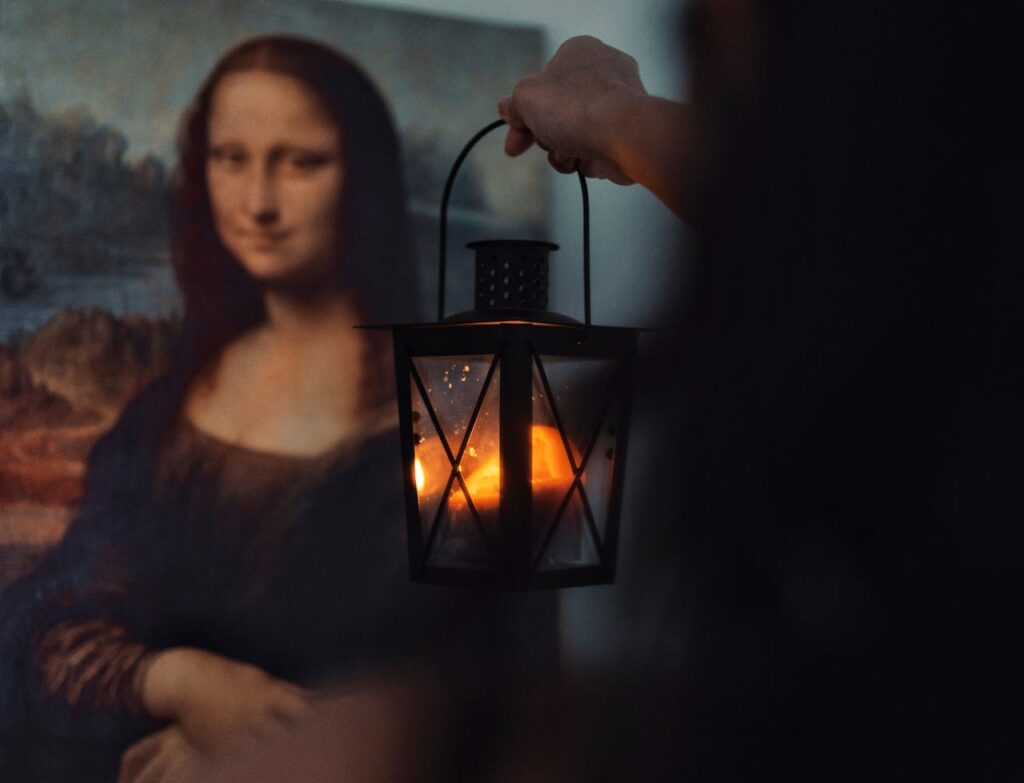
The Mona Lisa’s smile is often thought to change depending on the viewer’s perspective. While it’s a captivating illusion, it isn’t a hidden trick by Leonardo da Vinci. The smile’s elusive quality is due to da Vinci’s use of sfumato, a technique that blends colors and shades seamlessly. This creates a soft transition between light and shadow, making the expression appear to shift subtly with different angles of viewing.
Van Gogh’s Ear Incident
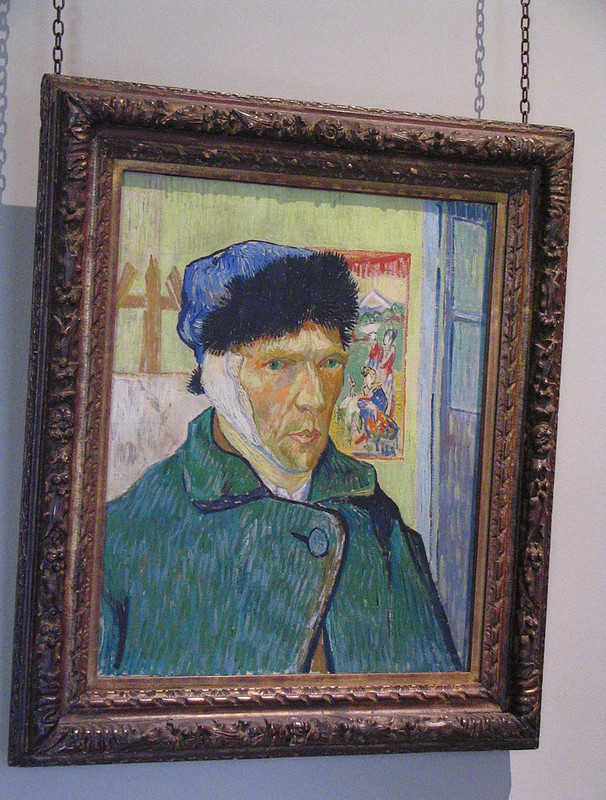
The popular myth suggests that Vincent van Gogh cut off his entire ear in a fit of madness. In reality, he only severed a portion of his left ear. The incident remains shrouded in mystery, with some theories suggesting it was due to a mental breakdown, while others believe it was after an argument with fellow artist Paul Gauguin. The exact reason and extent of the injury have been debated for years.
Michelangelo’s David and Its Proportions
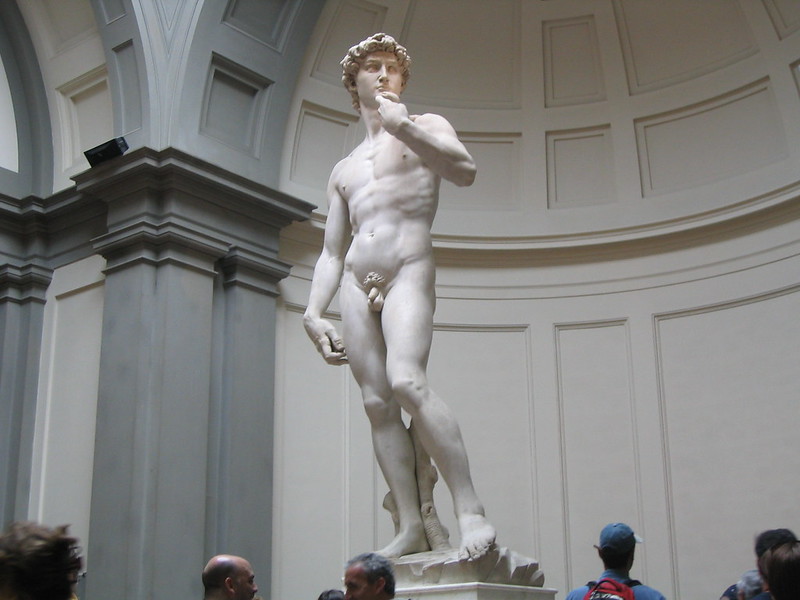
Many believe Michelangelo’s David is perfectly proportioned. However, the statue’s head and hands are intentionally larger than the rest of the body. This was a deliberate choice by Michelangelo to ensure the statue would appear proportional when viewed from below, considering it was intended to be placed on a high pedestal.
The Last Supper’s Hidden Symbols
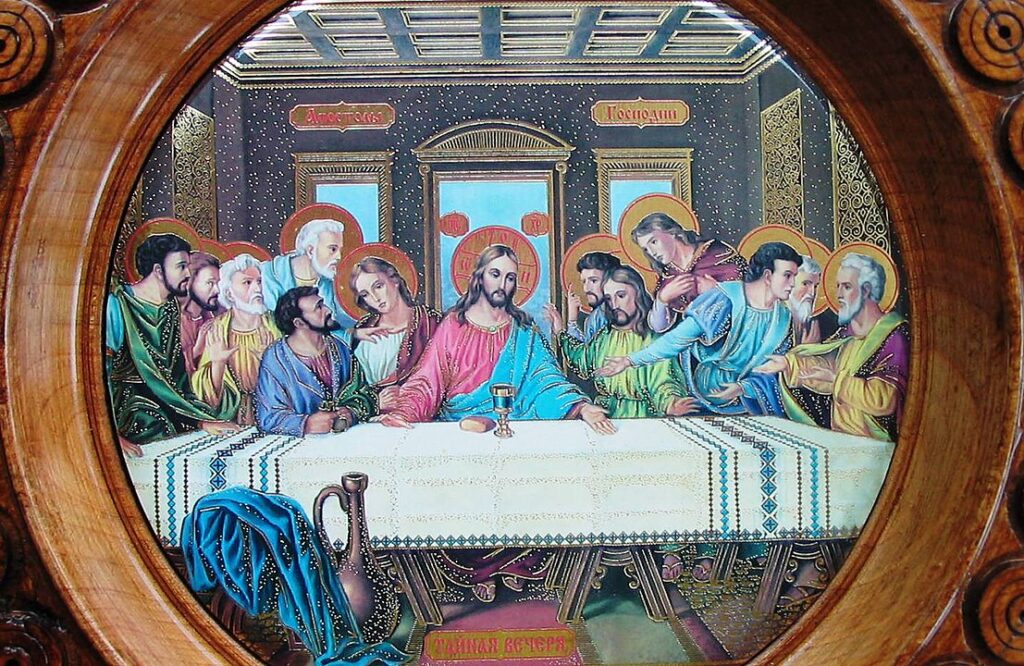
Dan Brown’s The Da Vinci Code popularized the myth that Leonardo da Vinci’s The Last Supper contains hidden symbols, such as Mary Magdalene being present at the table. While intriguing, these interpretations are largely speculative. Art historians agree that the figure in question is likely John the Apostle, as depicted in traditional iconography.
The Myth of the Starving Artist
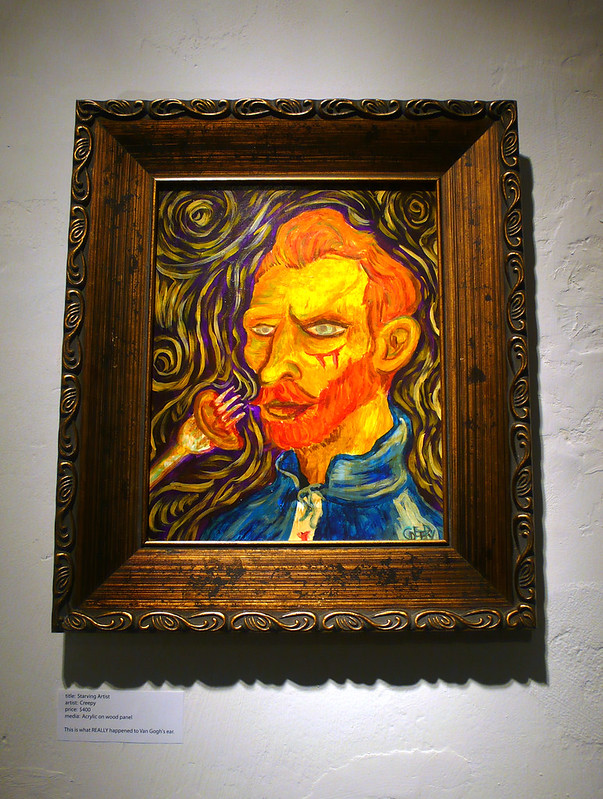
The notion that all great artists, such as Vincent van Gogh, lived in poverty is a pervasive myth. While van Gogh did struggle financially, many of his contemporaries like Claude Monet and Edgar Degas were relatively successful during their lifetimes. The “starving artist” stereotype doesn’t accurately reflect the varied economic realities of famous artists.
Mona Lisa’s Identity
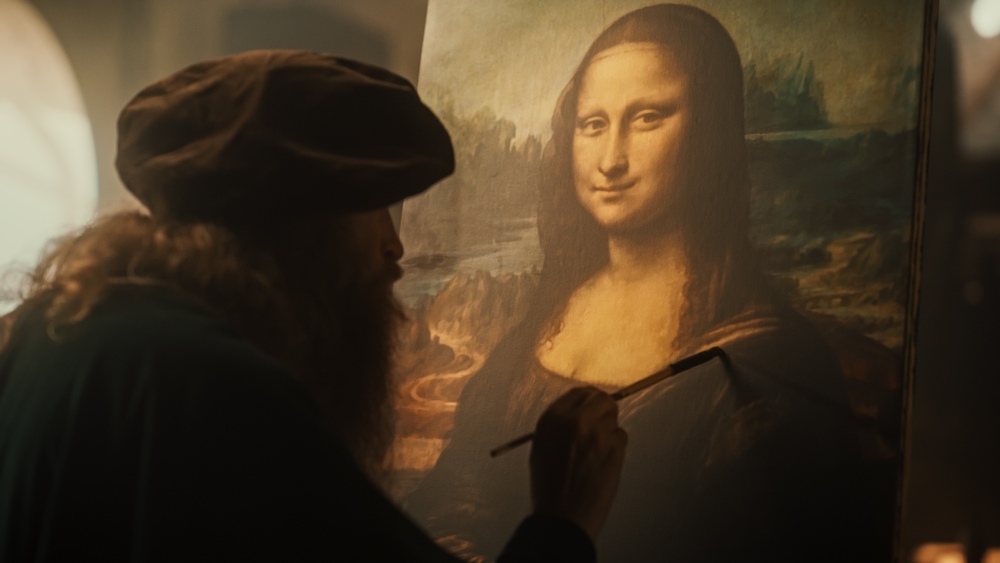
There are countless theories about the true identity of the Mona Lisa. The most widely accepted belief is that she is Lisa Gherardini, a Florentine woman. However, over the years, speculation has ranged from her being a self-portrait of Leonardo da Vinci to a composite of several women. Despite these theories, the painting is most likely a portrait of Gherardini.
The Persistence of Memory and Its Melting Clocks
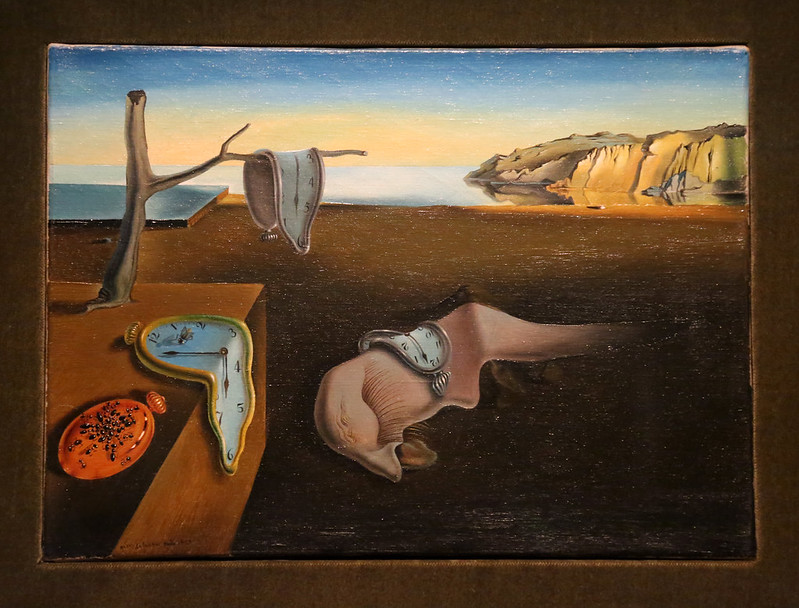
Salvador Dalí’s The Persistence of Memory is often interpreted as a depiction of the fluidity of time. While this is partly true, Dalí himself stated that the melting clocks were inspired by Camembert cheese melting in the sun. The painting is a surreal exploration of the dream world and the subconscious, rather than a direct commentary on time itself.
The Scream and Its Inspiration
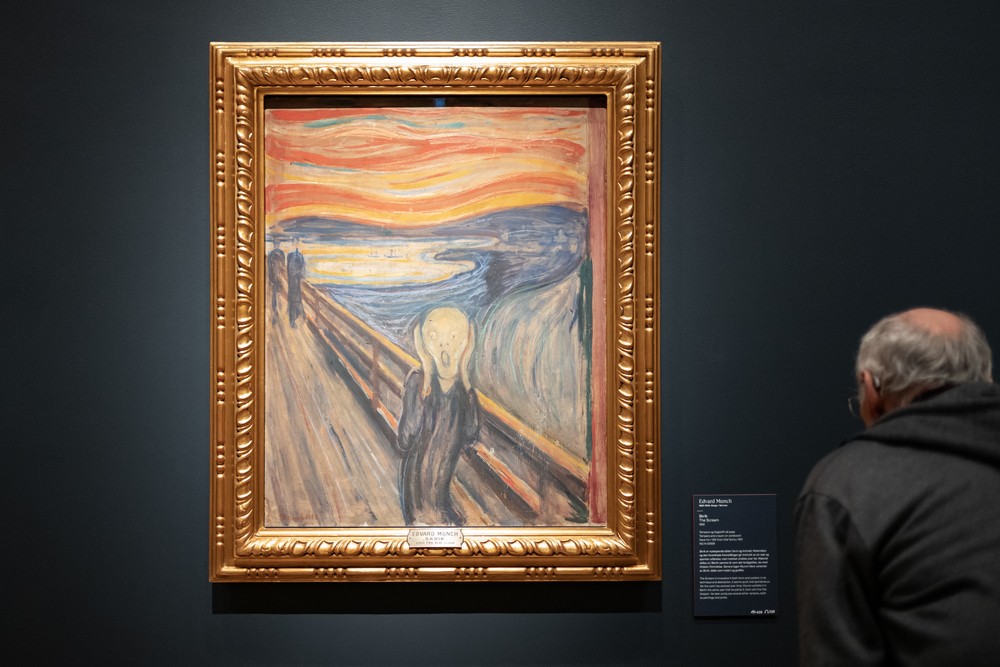
Edvard Munch’s The Scream is commonly thought to depict a scream of terror. However, Munch wrote that the painting was inspired by a personal experience where he felt “a great, infinite scream pass through nature” while observing a blood-red sky. The figure in the painting is not screaming but rather reacting to the overwhelming force of nature around them.
The Creation of Adam’s Touch
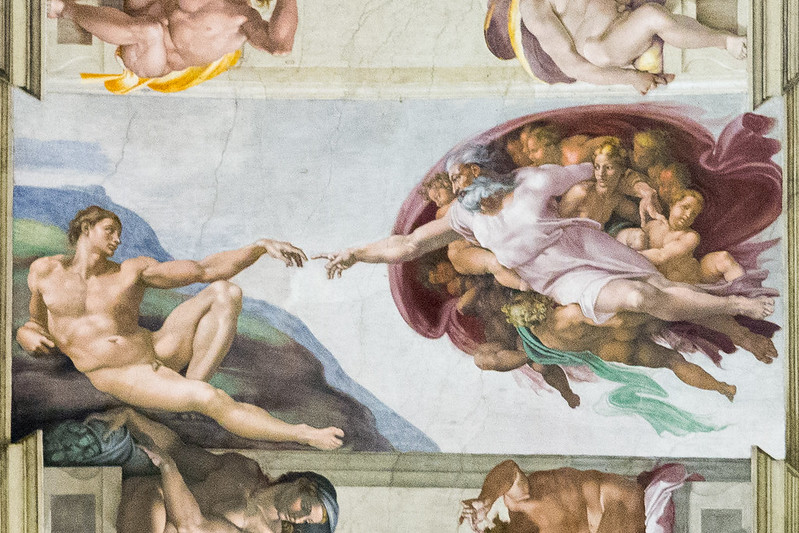
Michelangelo’s The Creation of Adam in the Sistine Chapel is famous for the almost-touching hands of God and Adam. Some believe this represents the spark of life. While this is a beautiful interpretation, there’s no definitive proof that Michelangelo intended it this way. The gesture could also signify the moment before or after the divine touch, leaving its exact meaning open to interpretation.
The Girl with a Pearl Earring and Her Identity
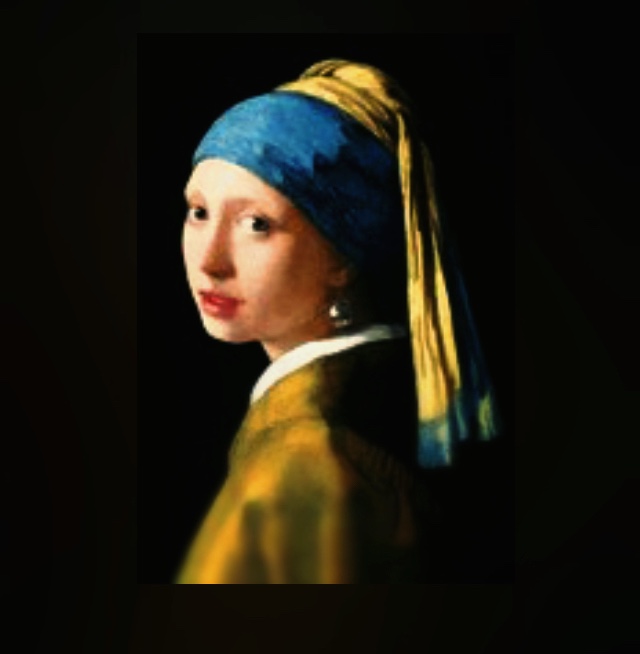
Johannes Vermeer’s Girl with a Pearl Earring is often dubbed the “Mona Lisa of the North.” A common myth is that the painting is a portrait of a real person. However, there is no evidence to suggest the girl ever existed. It is more likely a tronie, a study of a fictional or idealized face rather than a specific individual.
American Gothic and Its Subjects
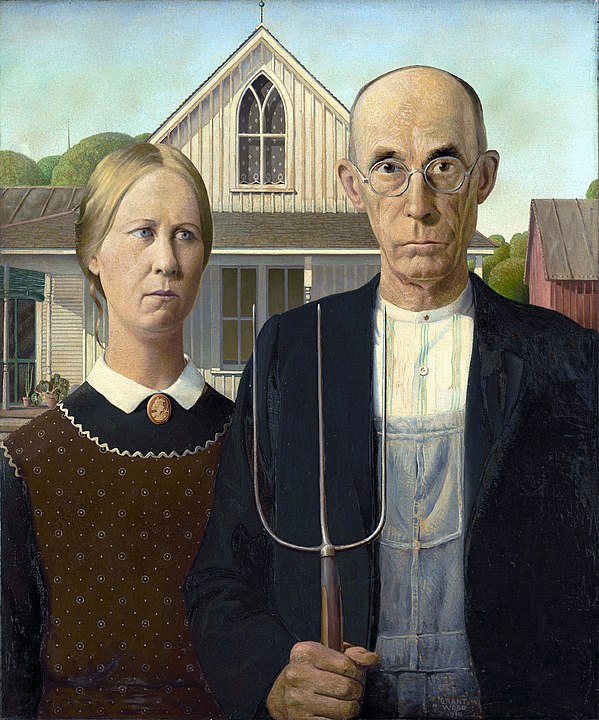
Grant Wood’s American Gothic is often mistaken for a portrait of a farmer and his wife. In reality, the subjects were Wood’s dentist and his sister, posing as a father and daughter. The painting was intended to depict the traditional rural values of America, rather than being a literal family portrait.
The Venus de Milo’s Missing Arms
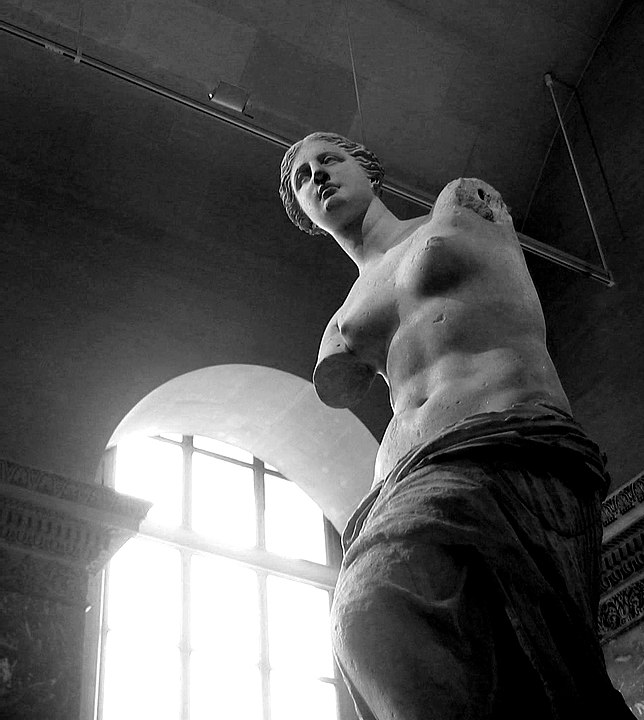
The Venus de Milo is famous for its missing arms, leading to speculation about what they might have been doing. Some myths suggest she held an apple, a reference to the Judgment of Paris, or that she was spinning thread. However, there is no definitive evidence about the original pose. The sculpture’s allure partly lies in this mystery, allowing viewers to imagine what the arms might have conveyed.
The Myth of Van Gogh’s Madness and Art
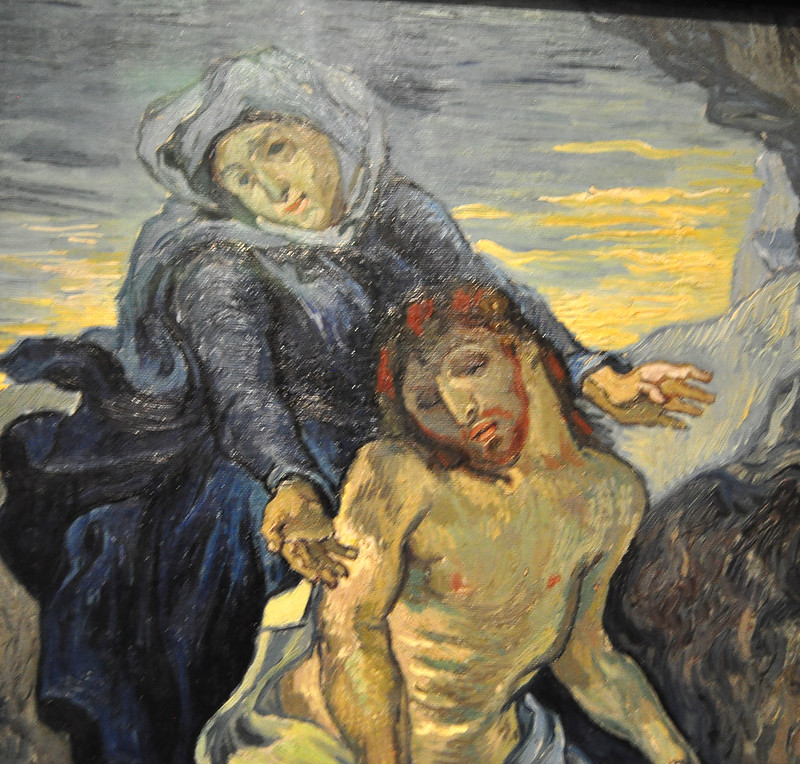
It’s often believed that Vincent van Gogh’s mental illness was the source of his artistic genius. While van Gogh did struggle with mental health issues, attributing his talent solely to madness oversimplifies his work. His art was the result of intense study, practice, and a deep connection to nature, rather than a direct product of his mental instability.
Mona Lisa’s Lack of Eyebrows
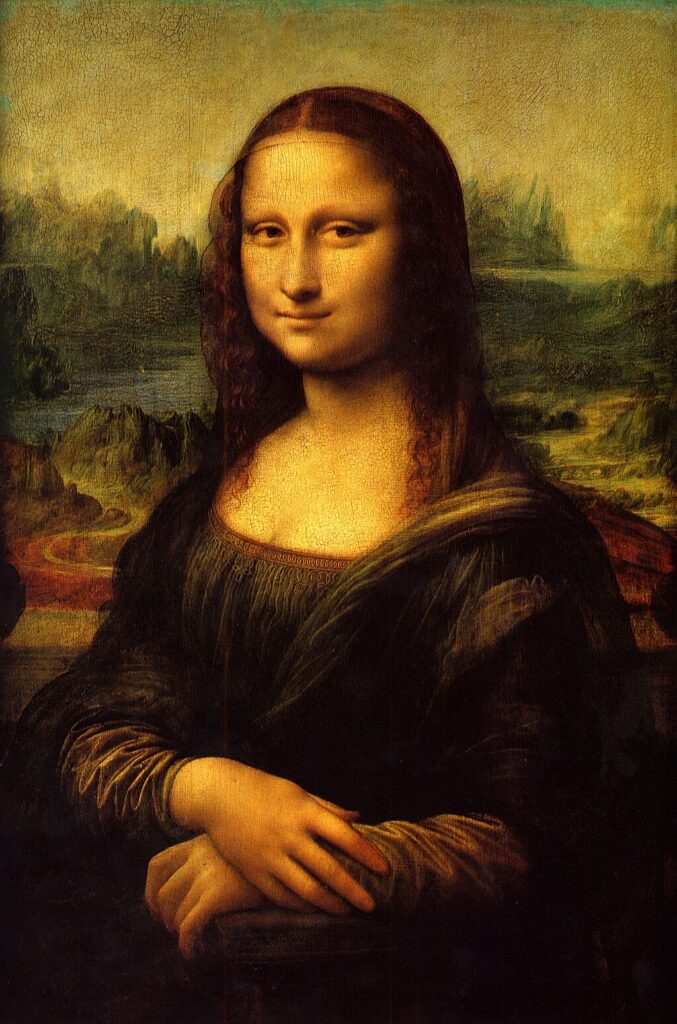
A popular myth is that the Mona Lisa has no eyebrows because they were accidentally removed during a restoration. However, research suggests that Leonardo da Vinci never painted them in the first place. It was a common style during the Renaissance for women to pluck or shave their eyebrows, and this may have influenced da Vinci’s portrayal.
The Night Watch and Its Misleading Name
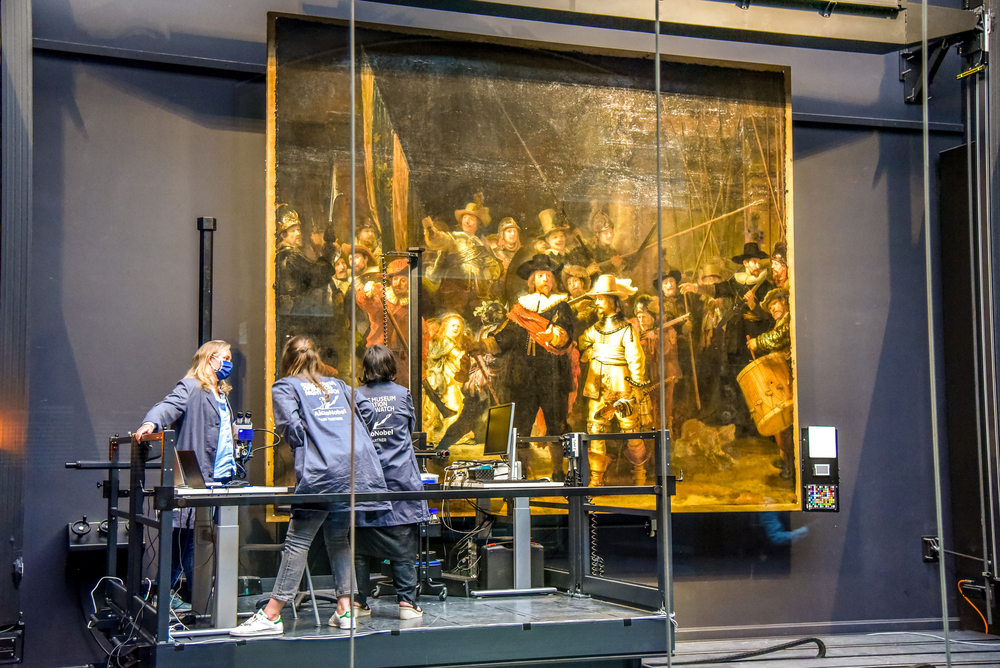
Rembrandt’s The Night Watch is not actually a night scene. The dark appearance of the painting is due to the accumulation of dirt and varnish over time, which gave it the misleading name. Originally, the scene depicted a daytime event with vivid colors, which can still be seen in parts of the painting that have been cleaned or restored.
Whistler’s Mother as a Symbol of Mourning
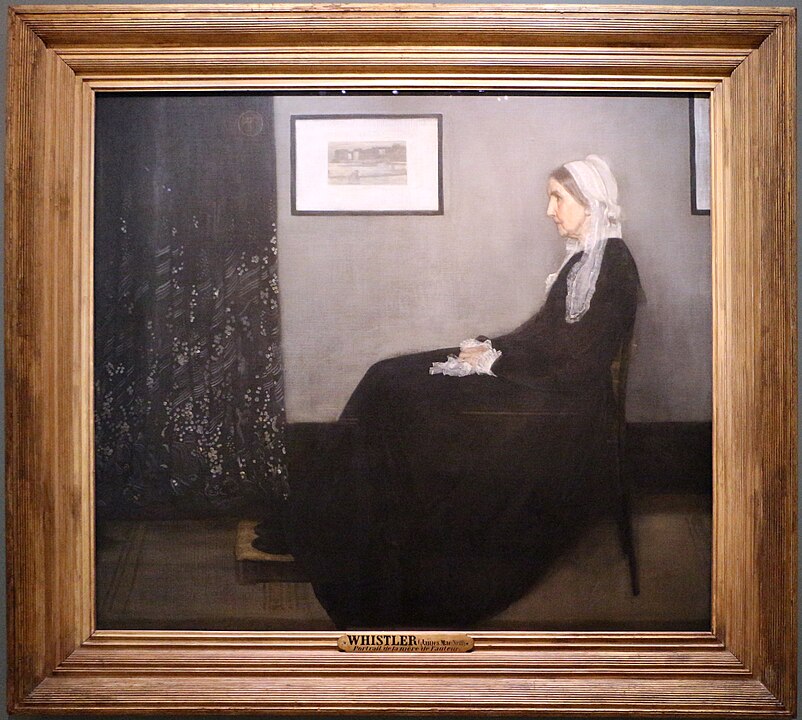
James McNeill Whistler’s Arrangement in Grey and Black No.1, commonly known as Whistler’s Mother, is often seen as a symbol of mourning or grief. However, the painting was not intended to convey sorrow. Whistler’s mother simply posed because the original model didn’t show up, and the artist was more focused on the composition and use of color than on emotional expression.
The Vitruvian Man’s Divine Proportions
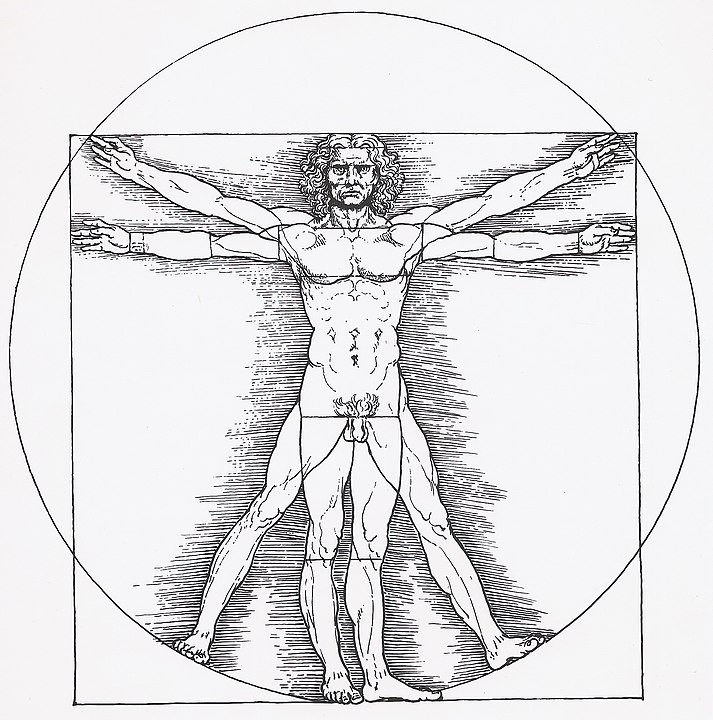
Leonardo da Vinci’s Vitruvian Man is frequently cited as evidence of the divine or perfect proportions of the human body. While it does explore the mathematical relationships in human anatomy, the drawing was more of a study based on the work of the Roman architect Vitruvius. It reflects Renaissance humanism and the belief in the harmony between art and science rather than a depiction of an ideal form.
The Fountain by Marcel Duchamp
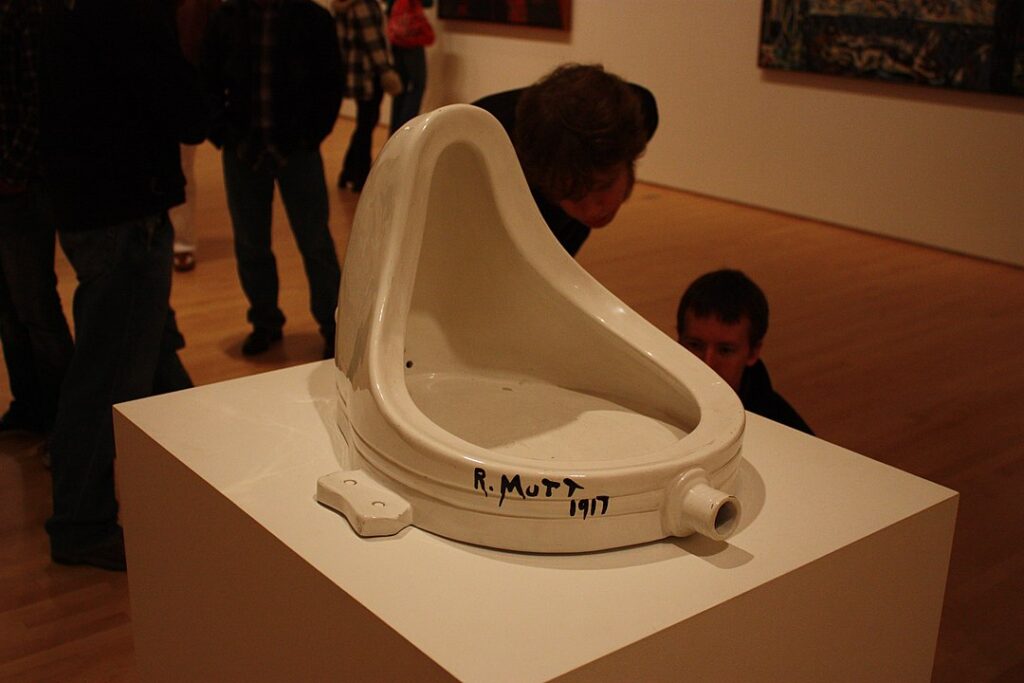
Marcel Duchamp’s Fountain, a porcelain urinal, is considered one of the most influential artworks of the 20th century. A myth persists that Duchamp himself didn’t create it but rather found it and signed it under the pseudonym R. Mutt. In reality, Duchamp did select the object and intended to challenge traditional notions of art by presenting a readymade object in a new context, making it a deliberate act of creation.
The Myth of the Venus of Willendorf’s Fertility
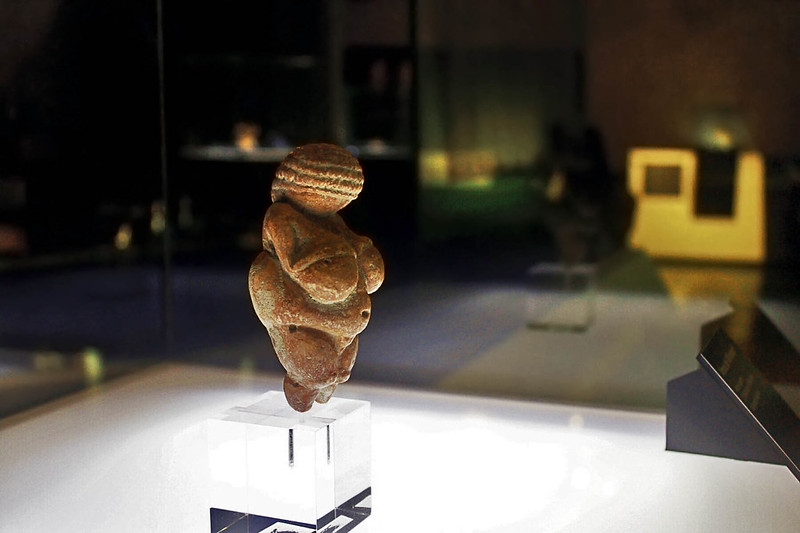
The Venus of Willendorf, a small Paleolithic figurine, is often assumed to be a fertility symbol due to its exaggerated female features. However, there is no definitive evidence to support this interpretation. The figurine’s purpose remains unknown, and it may have held various meanings, from a depiction of an idealized woman to a spiritual or ritual object.
The Raft of the Medusa and Its Political Message

Théodore Géricault’s The Raft of the Medusa is widely interpreted as a political statement against the French government. While it does depict the aftermath of a shipwreck caused by incompetence, Géricault was also deeply interested in the human condition and the raw emotions of survival. The painting serves as both a political critique and an exploration of human suffering.
The Persistence of Memory and Einstein’s Theory
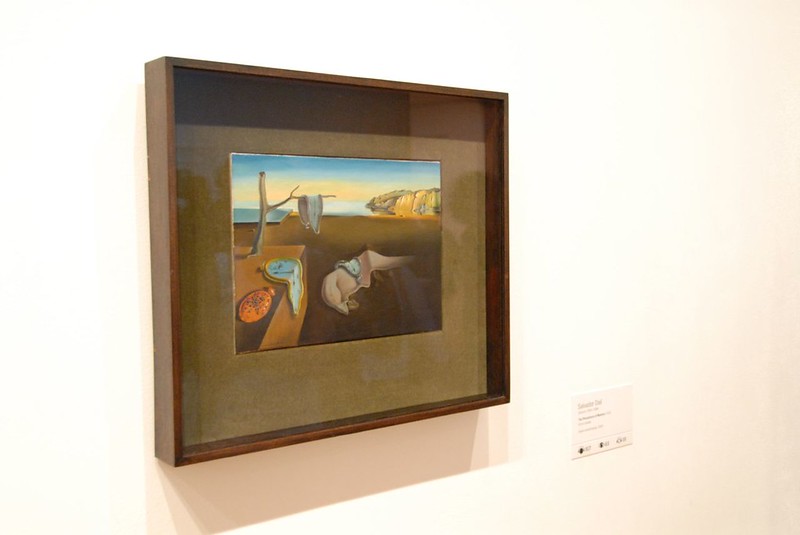
Salvador Dalí’s The Persistence of Memory is often linked to Albert Einstein’s theory of relativity, with its melting clocks representing the fluidity of time. However, Dalí dismissed this connection, stating that the inspiration came from the surrealist dream world and his own thoughts on the nature of time, rather than any scientific theory.
The Birth of Venus and Its Realism
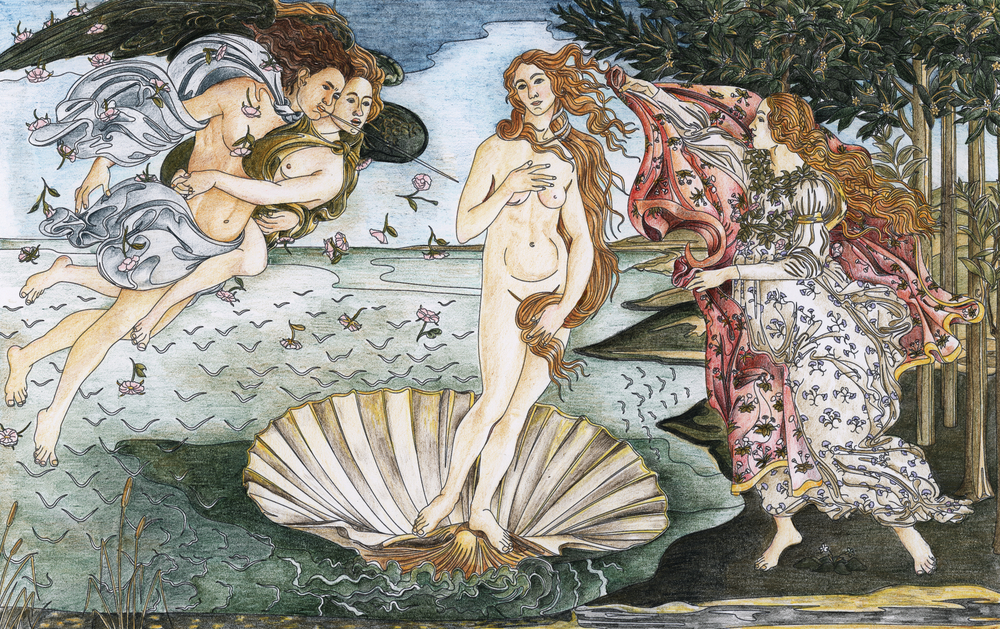
Sandro Botticelli’s The Birth of Venus is often admired for its beauty and realism. However, the painting is not intended to be a realistic depiction of Venus. The elongated neck and impossible stance of the goddess are stylistic choices that reflect Botticelli’s emphasis on idealized beauty and the influence of classical art, rather than a focus on lifelike representation.
The Myth of the Arnolfini Portrait’s Hidden Pregnancy
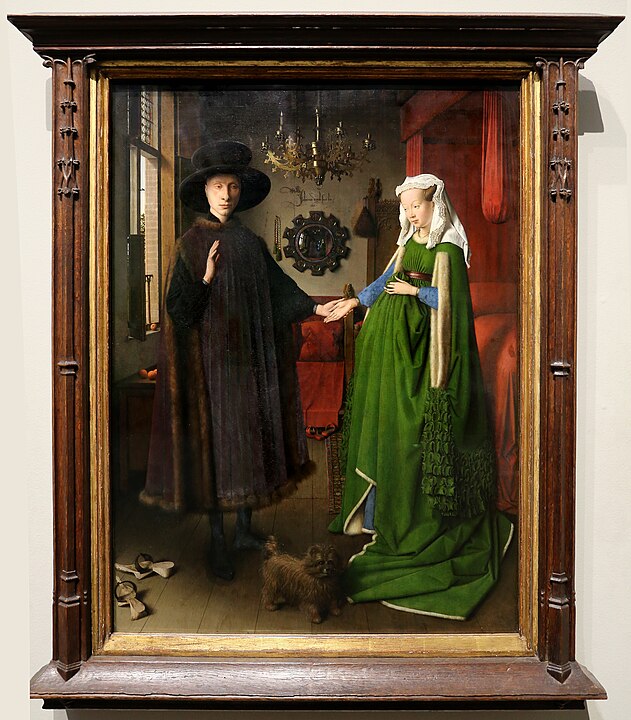
Jan van Eyck’s Arnolfini Portrait is often thought to depict a pregnant woman due to the bulging shape of the subject’s dress. However, this was simply the fashion of the time, and there is no evidence to suggest that the woman was pregnant. The painting is more likely a celebration of marriage and wealth, with the dress symbolizing the couple’s prosperity.
This article originally appeared on UnifyCosmos.
More from UnifyCosmos
20 Common Pitfalls to Avoid When Pursuing Personal Goals

Understanding what to avoid is key to staying on track and reaching your full potential. Here’s a guide to help you steer clear of the most common mistakes along the way. Read more!
18 Gardening Blunders That Could Ruin Your Plants

A blunder is simply a misstep or oversight that can have serious consequences in the garden. Knowing what to avoid is key to keeping your plants healthy and thriving. Read more!
20 Conversation Starters That Lead to a Second Date

Engaging in meaningful conversation is a great way to connect and increase the chances of a second date. Here are starters to help you keep the conversation flowing and leave a lasting impression. Read more!
Leave a Reply